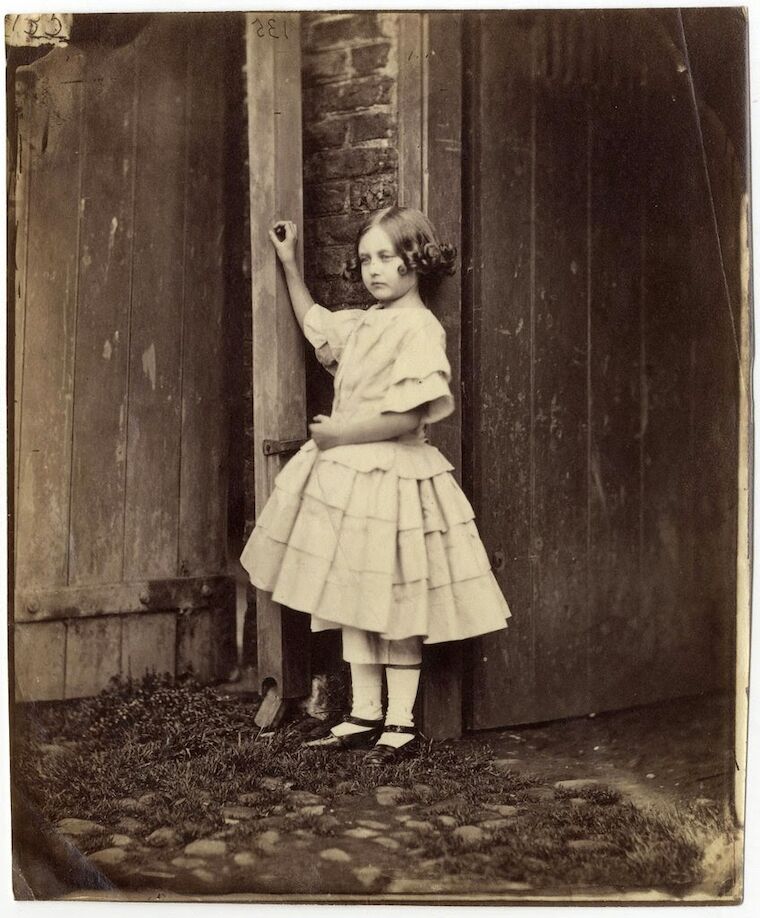
Hard Cover, English, Thread Stitching, 264 Pages, 2020, Princeton University Press
Lewis Carroll's Photography and Modern Childhood
Rare BookLewis Carroll began photographing children in the mid-nineteenth century, at a time when the young medium of photography was opening up new possibilities for visual representation and the notion of childhood itself was in transition. In this lavishly illustrated book, Diane Waggoner offers
the first comprehensive account of Carroll as a photographer of modern childhood, exploring how his photographs of children gave visual form to emerging conceptions of childhood in the Victorian age. Situating Carroll's photography within the broader context of Victorian visual and social culture, Waggoner shows how he drew on images of childhood in painting and other media, and engaged with the visual language of the Victorian theater, fancy dress, and Pre-Raphaelitism. She provides the first in-depth analysis of Carroll's photographing of boys, which she examines in the context of boys' education and reveals to be a significant part of his photographic career. Waggoner draws on a wealth of rare archival material, demonstrating how Carroll established new aesthetic norms for images of girls, engaged with evolving definitions of masculinity, and pushed the idea of childhood to the limit with his use of dress and nude images.





